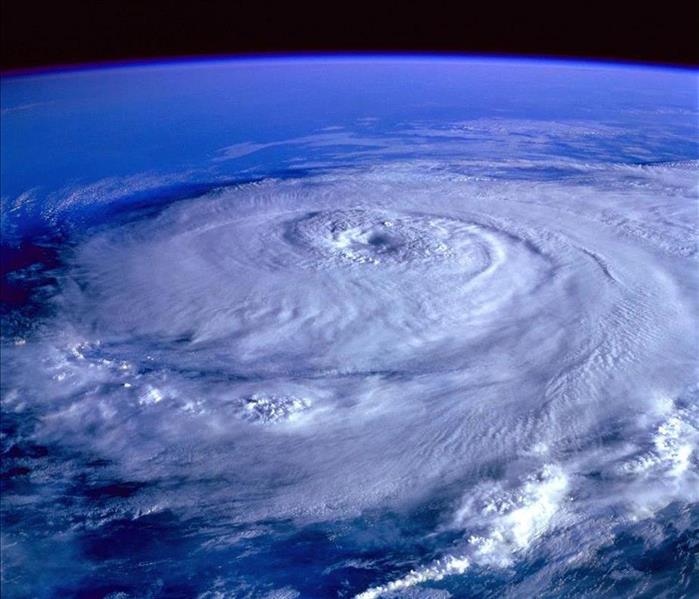Hurricane Preparedness Has No Off Season: Types of Storm Damage
12/9/2020 (Permalink)
Types of Storm Damage
Hurricane Damage can be expected in various forms, from extreme winds, flash flooding caused by heavy long-standing rains, and tornadoes. Its important that you anticipate this type of damage and are doing the very best to prevent potential damage.
Unfortunately, some damage is inevitable, so its important to know what you’re dealing with so you know how to prepare to handle the aftermath as well. Below we list a few of them.
Extreme Winds
The extreme winds of a hurricane can range from 74 mph in a minimal storm to greater than 155 mph in a higher ranked storm.
Wind is one of the earth’s many from of erosion and when it’s strong enough, it can cause much of the heavy damage on your property’s structure during a storm. Heavy winds can uproot trees and tear down power lines causing power loss or even more structural damage to whatever is around the area, even your vehicle. The storm also doesn’t have to be in the immediate area either. Feeder bans can create strong winds that can cause damage long before or even long after the actual storm’s landfall. Often this is actual wind speed combined with the movement speed of the storm. The speed of the storm can determine how long the storm will be over the area.
Slow moving Storms: Heavy Rains
Heavy rains during hurricanes and slow-moving storms can cause quick major flooding that can affect your property’s structure. Because bands can expand past the immediate area of the storm, these rains and floods can affect hundreds of miles if homes.
When a hurricane or heavy storm hits it’s very possible for 5 to 10 inches of rapid rain to fall. Intense flooding can occur in various types of storms, not just including high ranking hurricanes. This paired with the previously mentioned winds, can cause even more damage.
Other Environmental Factors: Storm Surge
Storm surge occurs when water levels rise rapidly from shores onto land as the eye of a hurricane or storm makes land fall. The larger the storm, the worse the storm surge occurs.
A combination of the winds and heavy rain mentioned before work together to move water from any surrounding bodies of water onto the shore and the land. This adds to the flooding.
In strong storms, this rising water can move very quickly. Tons of moving water can come in from the coastline and this can also depend on the direction the storm is going. If the storm approaches perpendicular to the coastline, the surge can be even stronger.
Tides also play a role in this, as higher tides can cause more of an issue. King tides are examples of seasonal high tides that could add to this issue. To learn more about King Tides, check out our sister franchise’s informational blog!
Tornado Catastrophic Damage
Hurricanes and Tropical cyclones also can trigger tornadoes and lightning. Each storm can have a unique pattern of frequencies and occurrences that determine how the tornadoes within form. It can be very different from one storm to the next.
Tornadoes spawned from hurricanes are more likely during an intense hurricane or one that is intensifying at or near landfall.
Source: The Weather Channel
Give us a call at (954) 280-8282 if you suffer from any hurricane damage or visit our website at http://www.SERVPROplantation.com/

 24/7 Emergency Service
24/7 Emergency Service
